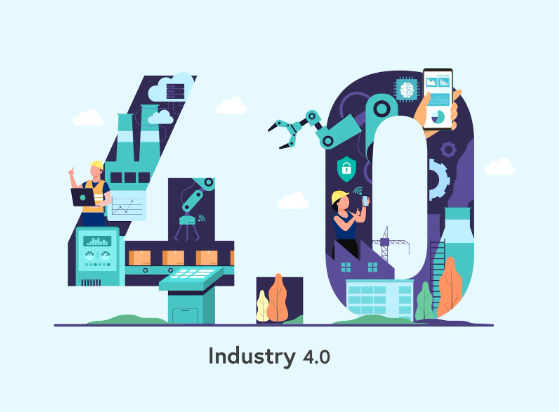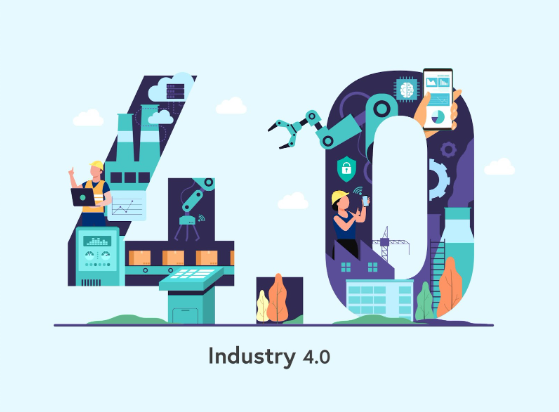Spanish SMEs, especially in the industrial sector, have low digitalization penetration and need to invest in technology and change their culture to maintain competitiveness. The Digitalization Boost Plan for SMEs 2021-2025 and European Union funds for digital transformation aim to encourage the adoption of new technologies. SMEs often have a distant perception of Industry 4.0 and make mistakes by thinking it only involves having a website and storing data in the cloud. To unlock the true potential of Industry 4.0, SMEs need a comprehensive combination of technologies and a holistic vision, supported by technology partners and data experts.
Focused on their day-to-day operations, industrial SMEs often perceive the transition to the 4.0 paradigm as distant, although it is more accessible than they assume








